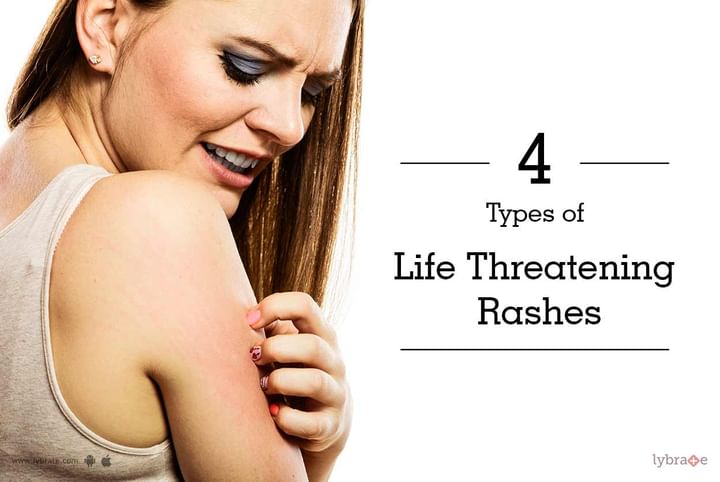4 Types of Life-Threatening Rashes
Rashes are common skin problems but shouldn't be taken casually at all. Although most rashes are mild and do not create much problem, some might turn grow to become life-threatening.
These are:
1. Stevens-Johnson syndrome (SJS) - This skin rash is the result of a severe allergic reaction to medication. The condition affects the skin and mucous membranes. Various medicines, such as nonsteroidal anti-inflammatory drugs, anticonvulsants, penicillin, and sulphonamides might trigger this type of rash. It is characterized by painful lesions emerging in clusters.
2. Staphylococcal scalded skin syndrome (SSSS) - Mostly affecting babies and young children under the age of five, this skin disease brings on extensive blisters with red skin that looks burnt or scalded. This syndrome is caused by infection with strains of Staphylococcus bacteria.
3. Pemphigus Vulgaris (PV) - This unusual autoimmune skin condition gives rise to excruciating blisters on the skin, which often go on to the mouth, throat, nose and even genitals. The open sores from this disease often lead to infections and acute cases can even cause lung infections and lesions. This rash has no cure but is often treated with corticosteroids, antibiotics or immunosuppressants. If untreated, it can even cause death.
4. Toxic shock syndrome (TSS) - TSS is often caused by an overgrowth of Staphylococcus bacteria with the infection spreading throughout the body. Besides these bacteria, infections from surgical wounds contaminated nasal packing after nasal surgery and infections after baby birth are probable causes. This life-threatening rash generally affects teens and young adults, most of them being women. It can affect mucus membranes of mouth and eyes although there are no blisters or skin bumps. One can experience slight dizziness and high fever as well as swelling of the joints and eyelids. This skin condition often affects the liver, kidneys, the heart, and the brain.
Apart from these, there are several other types of skin infections, which can be equally discomforting and critical. Toxic epidermal necrolysis, dermatitis herpetiformis, Ehlers-Danlos Syndrome, Toxic Epidermal Necrolysis and several other nasty skin diseases are cases in point.
'Consult'.
Related Tip: When Do You Get Painful Rashes and What Should You Do about it?



+1.svg)
